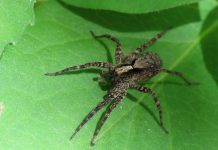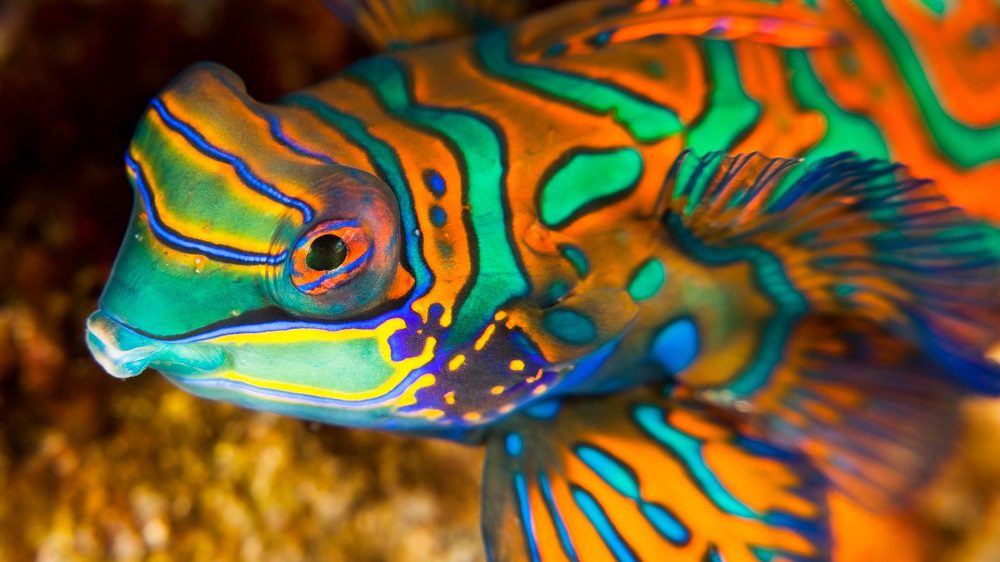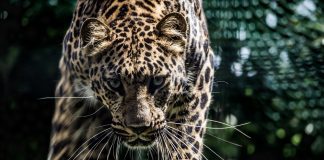Introduction to Snow Leopards
Snow leopards are perhaps the most beautiful of all the big cats. With their thick fur coats and distinctive markings, they are truly a sight to behold. native to the mountainous regions of Central and South Asia, these magnificent animals are unfortunately endangered due to habitat loss and hunting.
In this article, we will take a closer look at snow leopards, their ecology, and the threats they face. We will also learn about the efforts being made to save these amazing creatures.
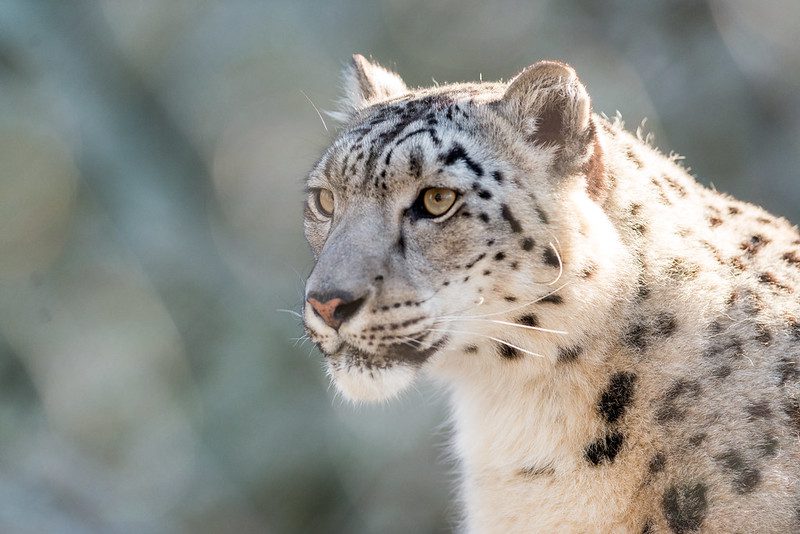
Where Are Snow Leopards Found?
The snow leopard habitat is found in the mountainous regions of Central and South Asia. They inhabit alpine and subalpine zones at elevations from 3,000 to 4,500 meters above sea level.
Snow leopards are solitary animals and prefer to live in areas where they have plenty of cover and solitude. They typically avoid interactions with humans and other animals.
How long do snow leopards live?
Snow leopards are estimated to live between 10 and 15 years in the wild, although some individuals have been known to live up to 20 years. In captivity, snow leopards can live for up to 30 years. However, the average lifespan of a snow leopard is 12 years.
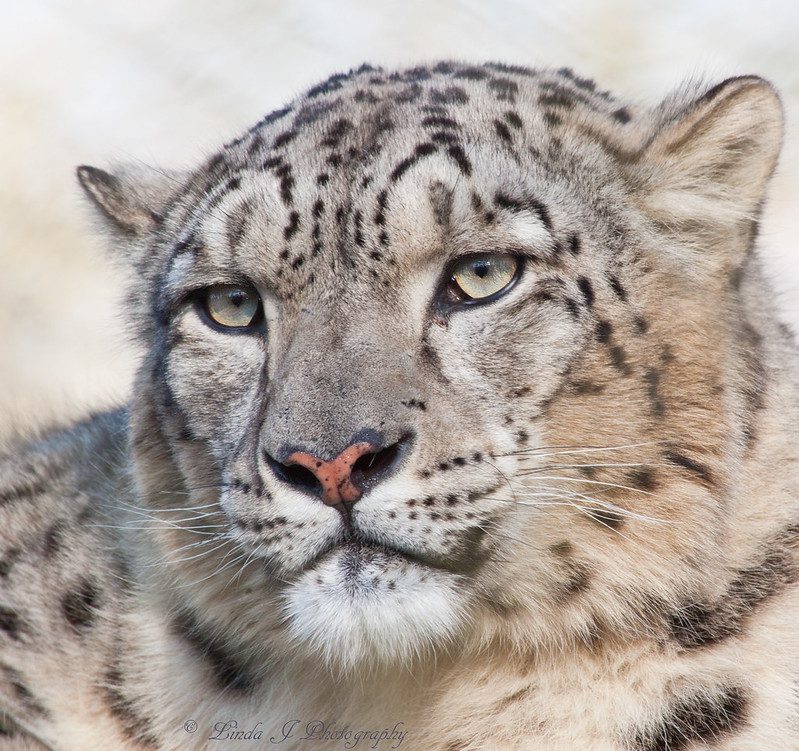
Reproduction
The snow leopard is a solitary animal, coming together only to mate. Mating season occurs between January and February, and after a three-month gestation period, the female snow leopard gives birth to a litter of two to four cubs. Cubs stay with their mother for 18-24 months before becoming independent.
Snow leopards reach sexual maturity at around three years old. Females give birth every two to three years, typically producing two to four cubs per litter. Cubs are born blind and weigh only about 1 pound (0.5 kg) at birth, but they grow quickly, reaching up to 75 pounds (34 kg) by the time they are one year old.
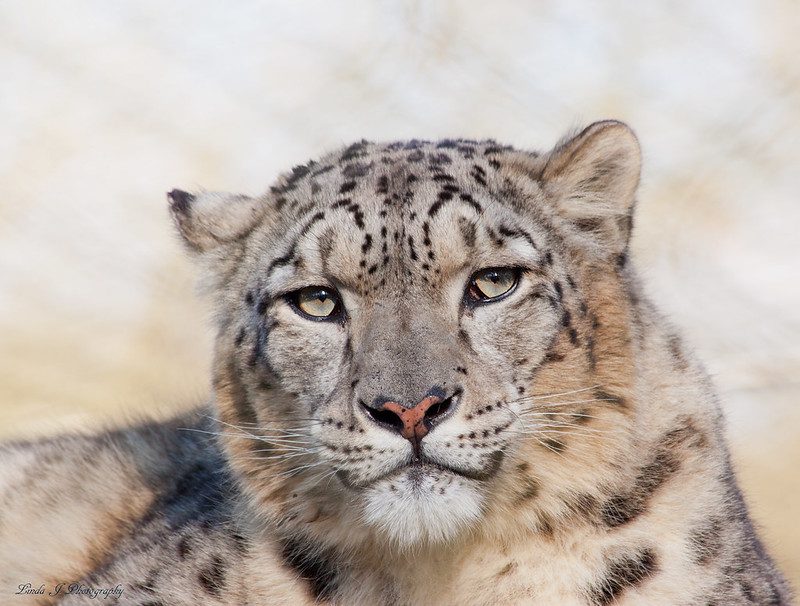
Mating Habits
Snow leopards are typically solitary creatures, only coming together to mate. Both male and female snow leopards will mark their territory with urine and will fight other leopards that enter their territory. Males will often have larger territories than females.
Once a male and female have mated, the female will go off on her own to have her cubs. She will give birth to two to three cubs at a time and will care for them on her own. The cubs will stay with their mother until they are about two years old, at which point they will disperse to find their own territory.
Unlike other members of the cat family, snow leopards are not social animals. They live solitary lives except for the brief periods when they mate or have cubs. Males and females come together only to mate, and they part ways soon afterwards to live alone again.
When a male and female snow leopard meet, they greet each other by touching heads and rubbing faces. If they are interested in each other, they will spend several days getting to know each other before mating. The mating season for snow leopards is typically between January and February.
During the mating season, male snow leopards will urinate on trees and rocks to mark their territory and let potential mates know that they are available. Females will also urinate in strategic places to let males know that they are ready to mate.
Once a pair has decided to mate, they will stay together for several days. The female will give birth to two or three cubs about three or four months later.
Snow leopards are typically solitary creatures, only coming together to mate. Both male and female snow leopards will mark their territory with urine and will fight other leopards that enter their territory. Males will often have larger territories than females.
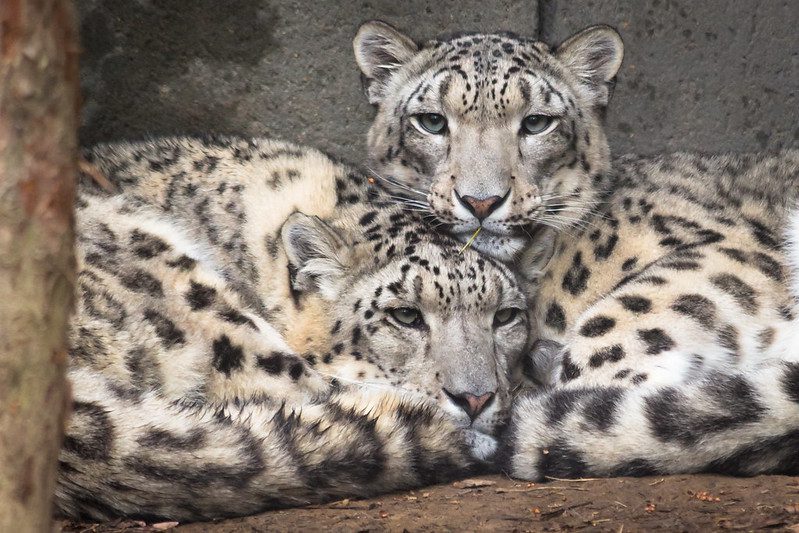
Ecological threats
One of the biggest threats to snow leopards is habitat loss and fragmentation. As humans continue to encroach on their natural habitat in search of new resources, snow leopards are losing the areas they need to live and hunt.
This habitat loss not only makes it difficult for the leopards to find food and shelter but also reduces their chances of finding a mate, which further threatens the species. The snow leopard is also threatened by poaching and illegal wildlife trade. Their fur is highly coveted in many parts of the world, and their bones and other body parts are used in traditional Chinese medicine.
As a result, the leopards are often killed for their parts, which reduces their population even further. In addition to these direct threats, the snow leopard is also impacted by climate change. Warming temperatures are melting the snow in their mountainous habitat, which affects their ability to camouflage and find prey.
Additionally, as temperatures warm, new diseases and parasites are moving into snow leopard territory, which further threatens their health and survival.
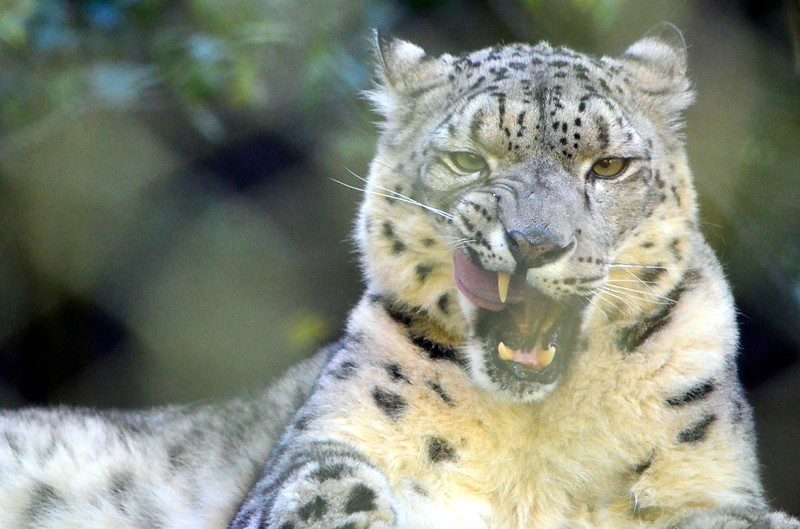
Saving the snow leopard
There are only an estimated 3,920 and 6,390 snow leopards left in the wild, making them one of the most endangered big cats. They are found in the remote mountainous regions of central and southern Asia, and their populations are declining due to habitat loss, human-wildlife conflict, and poaching.
Conservation efforts are underway to protect The leopards and their habitat. In 2003, 12 countries that are home to the leopards signed the Snow Leopard Survival Strategy, which is a regional conservation program that aims to ensure the long-term survival of the leopards in the wild.
In addition to government initiatives, there are also many non-profit organizations working to save the snow leopard. The Snow Leopard Trust is one such organization that is working to protect the snow leopard through community-based conservation programs.
These programs work with local communities to reduce human-snow-leopard conflict, promote sustainable livelihoods, and stop wildlife crime.
You can help save the snow leopard by supporting conservation efforts and spreading awareness about the importance of protecting these beautiful big cats.
What is the best way to spot a snow leopard?
There are several ways to spot a snow leopard: – One is to look for its tracks in the snow. – Another is to look for their prey, which they typically hunt at dawn and dusk. – You can also look for them in areas where there is fresh snowfall, as they tend to stick to the same routes. – Finally, you can listen for their distinctive vocalizations, which include hisses, mews, grunts, and wails.
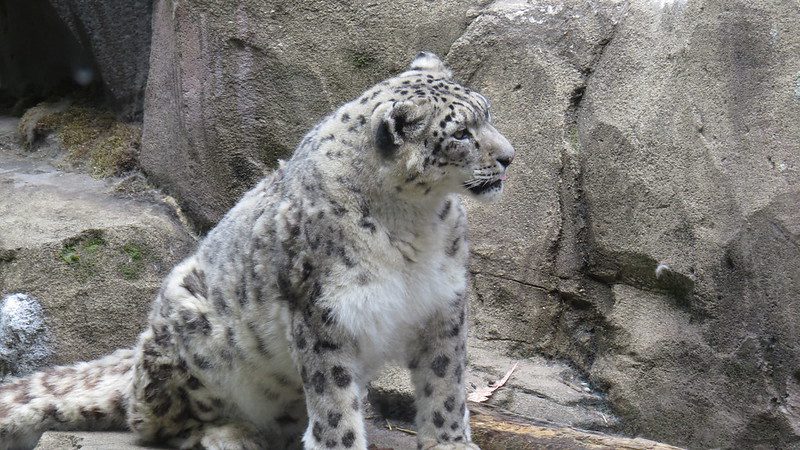
What do snow leopards eat?
The leopards are the most beautiful big cats. They are also one of the most endangered animals in the world. The leopards are hunted for their fur and bones, and their habitat is being destroyed by humans. As a result, there are only an estimated 4,000-6,000 snow leopards left in the wild.
The snow leopard is found in the mountains of Central Asia. They have thick fur that is grey with black spots. This fur helps to keep them warm in their cold habitat. The leopards are very good at climbing trees and rocks. They use their long tails for balance when they are running and jumping.
Snow leopards are carnivores. The snow leopard diet consists of small mammals such as rodents, hares, and sheep. They will also eat birds and lizards if they can catch them. The leopards typically kill their prey by biting its throat.
Because of their limited diet options, The leopards spend much of their time searching for food. They typically travel 10-20 miles per day in search of prey.
Does the snow leopard live in cold climates?
Yes, snow leopards are adapted to living in cold, mountainous climates. They have thick fur that helps keep them warm, and they are able to run quickly to generate heat. Snow leopards typically live at elevations between 3,000 and 5,000 meters above sea level.









































